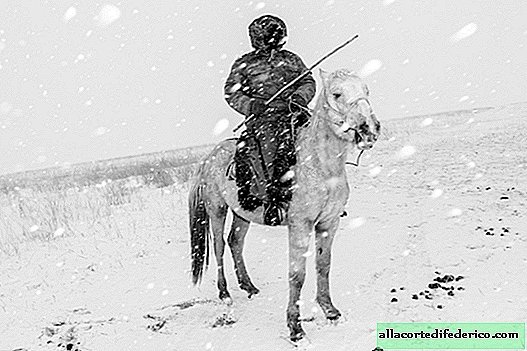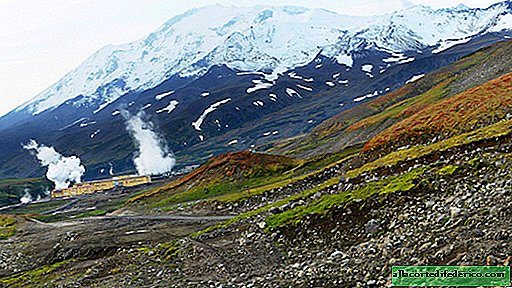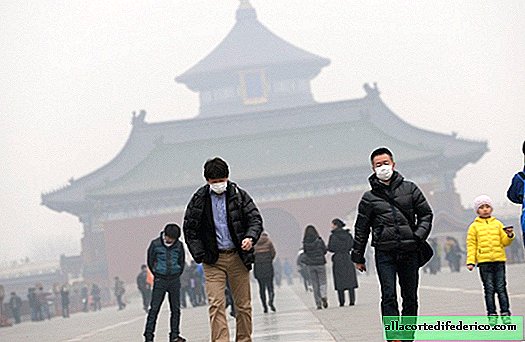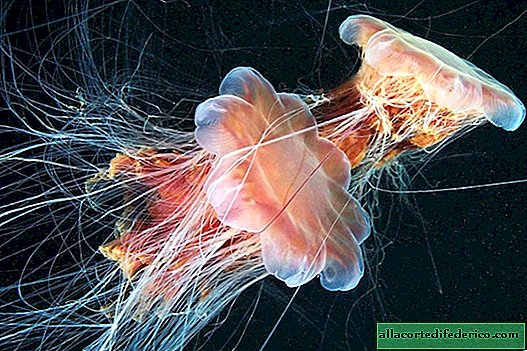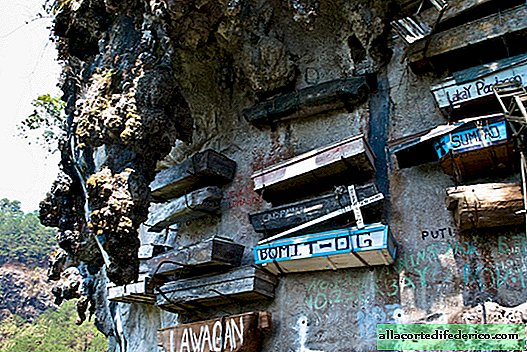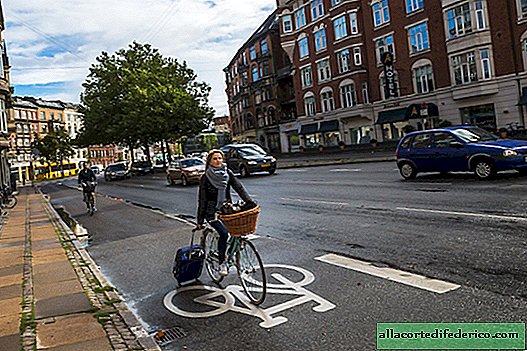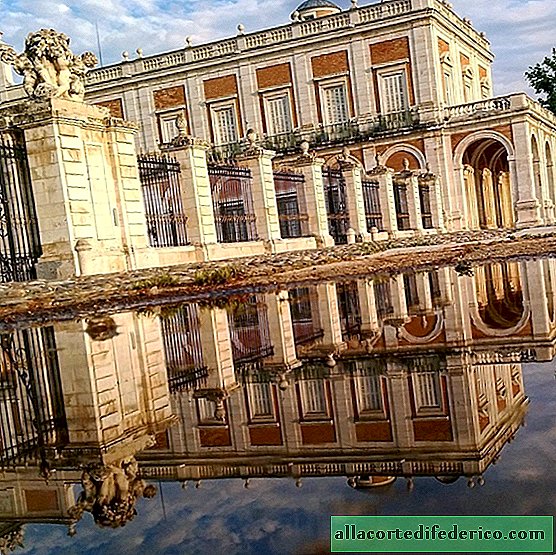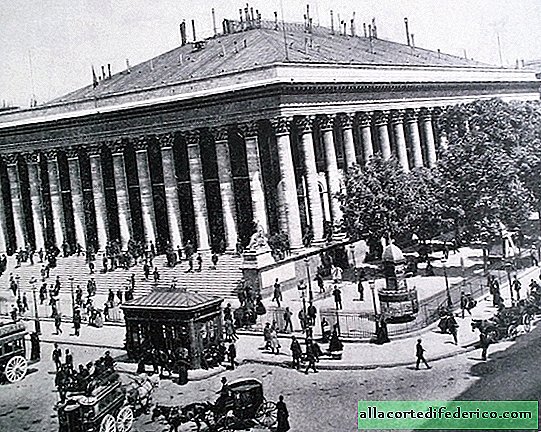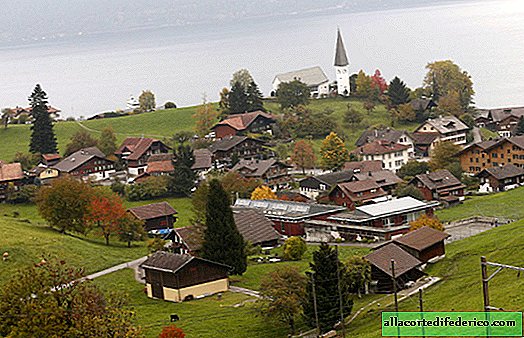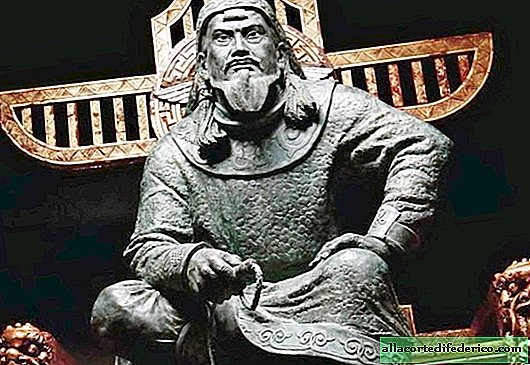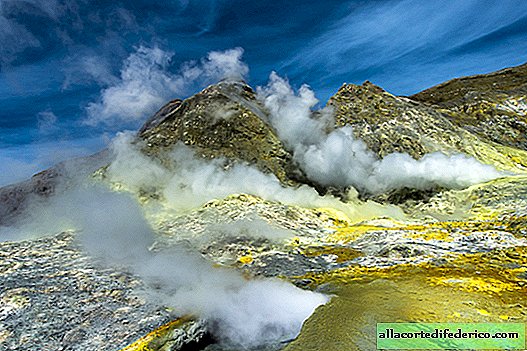Polonnaruwa: the heyday and decline of the medieval kingdom
Today it is difficult to imagine that the state’s capital was moved to another place, taking a deep breath in the end about former greatness and leaving palaces, monasteries and monuments to the mercy of time, nature and treasure hunters. The ruins of the commercial and religious center of Sri Lanka have long been hidden from the eyes of archaeologists in the wildly growing jungle.
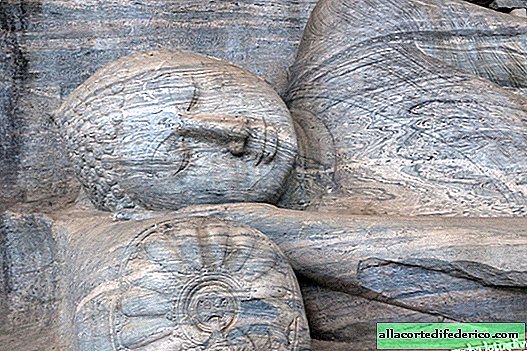
The mesmerizing and attractive appearance of the temples of Khmer Angkor Wat, sung in a blockbuster about the adventures of the canonically figured tomb raider Lara Croft performed by Angelina Jolie, on the one hand, served as a free advertisement for all the other ruins of Southeast Asia, and on the other, played with unearned tourists a joke. After visiting Cambodia, the latter expect that the neighboring countries, despite obvious cultural and ethnological differences, will not be one iota behind the Khmer complex, will not face the monsoon-stained mud, and will more than justify UNESCO's status of world cultural heritage not only at relatively high prices for entrance tickets, but also the level of preservation and picturesqueness of the remains of ancient kingdoms.
- Ok Google. What to choose in Sri Lanka: Anuradhapura or Polonnaruwa? Heads or tails? I’m throwing a coin if you don’t give the right answer.
“Greetings, inquisitive friend.” For a complete immersion in the history of the Sinhalese people, you want to visit both cities, but bear in mind that Polonnaruwa is better preserved and visually more interesting. If you are not wandering with worn-out backpack wagabond, also go there - having agreed with a local tuk-tuker, you will crawl through a hole in the fence and save rupees for an evening meal.

Blood-stained thread through the annals of Sinhala kingdoms stretches their confrontation with the Tamils who regularly raided the island from the southern tip of the Hindustan Peninsula. Everything that has a beginning has an end. At the beginning of the 11th century, under the yoke of the South Indian Chol dynasty, the kingdom of Anuradhapura, which occupied almost the entire island for about 1400 years, finally fell. And the Tamils decided to move the administrative center of their new possessions to the south, to Polonnaruwa, already inhabited by Sinhala monarchs, where they liked to go on vacation or where they hastily fled during the Chola invasions. Tamils immediately started a renovation program: they built Hindu temples and gave the city a new name. Small Sinhala kingdoms, grouped in the southern regions of the island, sharpened their teeth on foreign invaders and nurtured a plan to regain their native lands. This city needs a new hero, and, as usual, he was found. King Vijayabahu, whose name the readers will instantly forget and which is mentioned here rather out of respect and with the aim of preserving historical accuracy, joined forces and sent Chola back to the north in disgrace.

The followers of the victorious king sought to continue what was started and to restore the country's economy, which had been beaten by wars. Almost everything that pleases the current visitors lying in the ruins of Polonnaruwa was created under Parakramabah the Great - large beautiful parks were destroyed, temples, palaces and residential buildings were built, irrigation facilities were created, including a huge reservoir, which, unknowingly, can easily be mistaken for a natural lake. But the third king did not cope with ambitions, squandered the treasury and actually made the state bankrupt, as a result of which the glory of Polonnaruwa quickly began to subside. At the end of the XIII century, the capital was moved even further south, and the empty city was swallowed up by the jungle, until six centuries later it was discovered by English hunters. History is silent about what living creatures the natives of foggy Albion dreamed of shooting, however, under the hooting of the monkeys, they stumbled in dense thickets on moss-covered dilapidated buildings and statues.

In those days, Lara Croft and Indiana Jones had not yet been invented, and Polonnaruwa still became the set for a documentary several years ago. And the main characters, as you can tell by the name "Kingdom of the Apes", were local endemic macaques with a naturally fashionable haircut. Oh, sorry I didn’t take an autograph from anyone! True, after the incident a day earlier in Mihintal, we were wary of local primates.


Enough to beat around the bush, it’s time to put in a word about local architecture. One of the most impressive buildings of the ancient Polonnaruwa was the royal palace, according to its status, there is nothing to be done. And Parakramabahu did so much good for the state that a mansion could afford a seven-story building with 50 rooms for different royal needs. From its former greatness there are only a few thick walls occupied by monkeys. The top four floors, archaeologists say, were most likely built of wood.

The first impressions of the city ruins remained extremely mixed, though we did not conceal the high expectations. Temples of the same Angkor Wat are scattered across the jungle and differ significantly from each other in the degree of elegance of the decor, so that, casting aside doubts, with a camera in one hand and with an umbrella in the other, they continued to explore Polonnaruwa. In the end, not every day you see stone carvings 900 years ago. The territory of the complex is huge, you can walk between separate locations - you’ll just get your feet off, and occasionally drizzling rain, turning into tropical rain, left no other option but a tuk-tuk.
Watadage, a round building with a covered terrace encircling it, served as a repository of sacred relics enclosed in a small stupa in the center, access to which is blocked from all four sides by the beautifully preserved statues of Buddha.

And today, the approach to the Buddhas, and even more so to the dark spherical stupa covered with moss and grass, where the Buddha’s tooth and alms bowl were kept, is prohibited. But in Vatadag, we are more interested in the so-called moonstone - a semicircular stone step decorated with concentric carved bas-reliefs in front of the stairs. They were installed in front of the entrances to palaces and temples as a symbol of spiritual purification.

The outer strip consists of flames that symbolize material human needs. Then, on moonstones, a message was traditionally placed in the form of images of animals in accordance with Buddhist symbols. The elephant in this case represents birth, and the horse represents death. The last strip in front of the central half of the lotus flower consists of intertwined flower stems.

Stone balustrades of stairs descend meandering dragons to the protective stones with the images of the god Vishnu, who is the patron saint of Sri Lanka. Indeed, according to the traditions documented in the ancient Indian epic "Ramayana", King Rama, the incarnation (avatar) of Vishnu, defeated the ruler of the Rakshasa demons, the lord of the island, Ravana, when he stole Rama's wife.

For many years, the authorities neglected the national heritage, and the area around the ancient capital, to put it mildly, did not flourish, until a few years ago the president vowed to swear in every possible way to promote the development of Polonnaruwa’s infrastructure and send budget funds here.

Only some of the buildings can be reached inside to see miraculously surviving statues of the XII century.

A gift to archaeologists was the 26-meter book of Gal Potha, the very third king of Nissankamalla, whose regime led to decline, but the monarch did not hesitate to immortalize his exploits in the wars with South Indian invaders and the family tree on a stone slab brought, as the text says, from Mihintale. At the end - the image of the goddess of prosperity Lakshmi, which is elephant watering the trunks with water.

The seven-level step pyramidal stupa Satmahal Prasada, exactly corresponding to one of the chedi in Lamphun province in northern Thailand, is knocked out of the general style of temple buildings. The history and reasons for the construction by archaeologists have not been established.

Even more surprising and unusual is the reading room of the same bankrupt king, Nissan Lata Mandapaya, with curving columns in the form of lotus stems. It was believed that the pavilion was used for public reading of Buddhist sutras, while the inscriptions indicate that the king was more impressed by the singing of Buddhist blessings.

In the center we again see a small stupa, without a preserved top, resembling the Hindu symbol of shivaling. Inside, probably, an urn with Buddhist relics was also stored. In fact, it is a miracle that the unique columns survived after so many years.

If it were not for the umbrella issued by the owner of the guesthouse, the inspection of Polonnaruwa would have to be reduced to a shameful minimum, but he also could not save the camera from the incoming drops of slanting rain and high humidity. One by one, the buttons on the carcass refused to respond to the pressing of my fingers. At first, ISO was jammed on 800 units, and soon it was also impossible to change it by other methods. At the very least, the iris and shutter speed adjustment wheels worked, I just managed to wipe the camera with a T-shirt, hoping for the vaunted waterproof equipment of Canon equipment.

We managed to inspect about half of the iconic buildings of the ancient Sinhala kingdom, and I was already with a camera working on its last legs. I had to reduce the number of shots and hide the camera in a backpack during the most torrential rains, but as slowly and gradually as the buttons on it died out along with individual functions, just like they did one after another and were resurrected in the afternoon.

Rankot Vehera is the largest stupa, or rather a dagob in Polonnaruwa 54 meters high, built under the short regime of Nissankamalla.

We went beyond the ancient city and went for a walk around the monastery among the rare remains of foundations, discovering a secluded dolmen in the thicket, which could once serve as a cell for hermits or monks meditating in silence.

Catch the promised life hack from the mother’s son’s son, how to save on entrance fees. In view of the weather, which is not very pleasant for photographing and walking, the independent inspection of Polonnaruwa on bicycles instantly crashed. Experienced travelers recommend looking for a tuk-tuker, which will not only show you a hole in the fence around the complex, but will also take you all day between the distant churches for a very humane price. We did not have to search - the owner of the guesthouse did not leave us a chance and immediately offered his services.
He issued already used tickets with torn control, brought him where he needed in the morning, and after climbing a small hill, he only asked not to come close to the entrance and quickly merge with the main stream of tourists. During the day, I had to wait several times for him - apparently, we were not the only customers of the enterprising Sri Lankan that day. And one more time to enter from a non-standard entrance, which, in general, also did not cause discomfort.

In the heart of the monastery complex lies one of the most prominent Buddhist shrines of the XII century - Lankatilaka. Surrounded by massive 17-meter-high walls, a colossal statue of the headless Buddha rises. For cities ruled either by Hindus or by Buddhists, headless statues are a typical phenomenon - this can be seen in the Angkor Wat mentioned above. Most likely, time played its role here, and not deliberate destruction by one’s will.

Lankatilaka is perceived as a majestic ancient cathedral or temple. The walls decorated with bas-reliefs have several levels tapering towards the center, making it easy to imagine an inclined domed roof.

Google clearly did not disappoint, recommending Polonnaruwa for a visit. Official tickets will cost $ 25 from the nose, our guide took much less, now I don’t even remember how much, but it turned out much cheaper. And you’ll start to figure out the budget before the trip, and your hair will stand on end - $ 25 for Anuradhapura, $ 30 - for Sigiriya, $ 25 - for Polonnaruwa, $ 10 - for Mihintale. Still, from Sri Lanka you expect a much smaller order of prices.

The only mini version of the Khmer Ta Prom is sad from lack of attention.

The Dagoba Kiri Vihara, erected in honor of the Queen, is perfectly preserved - the original stucco almost lost its milky color after seven centuries.

For a snack, our guide left a group of statues of Buddhas carved in granite rock; Gal Vihara is the most popular place among the Sri Lankans in Polonnaruwa.
The great teacher was by no means laid down to rest and, moreover, didn’t take a nap for an hour — the statue depicts the Buddha at the entrance to the state of nirvana. The Buddha statue in a standing position caused a lot of controversy because of the extremely atypical crossed arms. There is a theory that Ananda, one of the disciples of Buddha, is immortalized in stone.

From the statues it still breathed calmness, peace and tranquility. Another statue was hidden in the sanctuary behind bars, and because of the barely working camera, I was unable to photograph it more or less qualitatively. However, the reader who is not deeply interested in Buddhism and its symbolism by the end of the story already has an overabundance of unusual terms and unspoken names in his head.

Thanking the hospitable host and buying some damn tasty little bananas on the road, we took our backpacks, hopped onto a bus that stopped for a few seconds and soon rushed along winding Sri Lankan roads to meet new experiences and adventures.

